In the annals of maritime history, few shipwrecks have captured the imagination quite like the Gribshunden. This enigmatic vessel, the flagship of the Danish-Norwegian King Hans, sank under mysterious circumstances in 1495 off the coast of Ronneby, Sweden. The significance of this wreck cannot be overstated—it is hailed as the best-preserved ship from the Age of Exploration, offering a unique window into the maritime world of Christopher Columbus and Vasco da Gama. Recent excavations have shed new light on the secrets hidden within the depths, unraveling the mysteries surrounding Gribshunden’s final voyage and the fate that befell it.
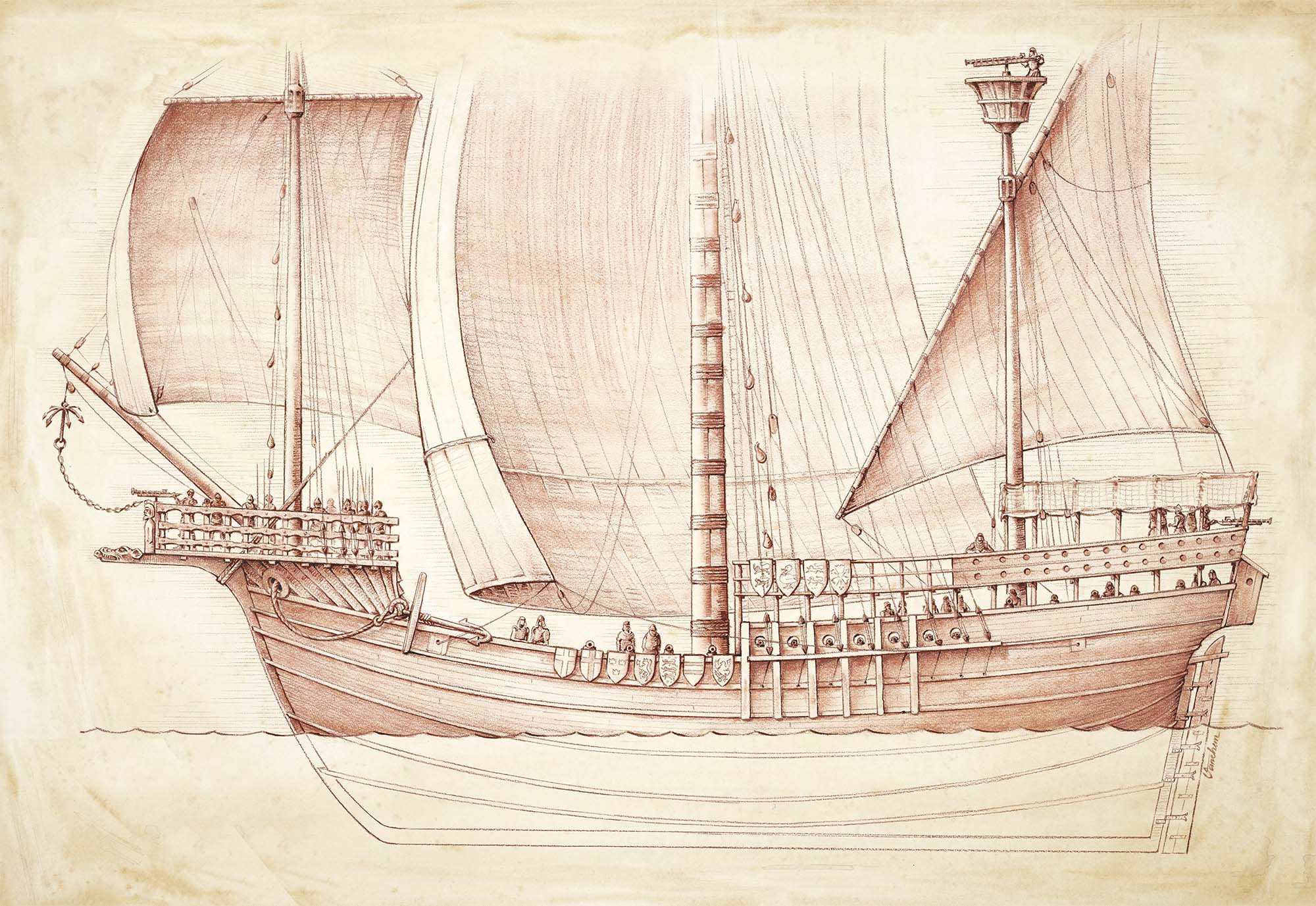
Gribshunden: Uncovering the artifacts
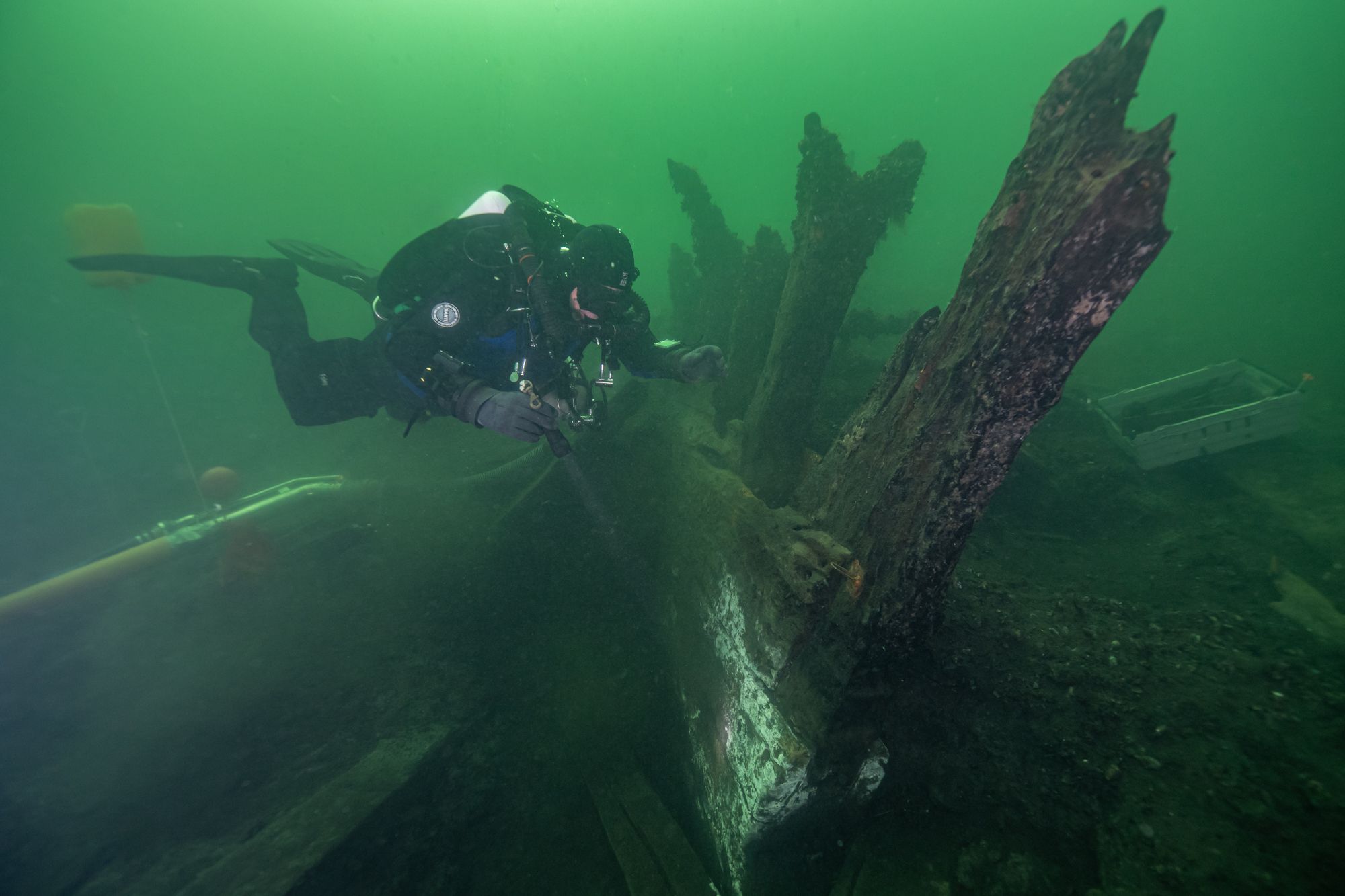
During the months of August and September 2022, an esteemed scientific team comprising researchers from Lund University, Blekinge Museum, and the Danish Viking Ship Museum embarked on a mission to unearth the secrets of Gribshunden. Their efforts were rewarded with the recovery of a treasure trove of artifacts, each offering a glimpse into the ship’s storied past.
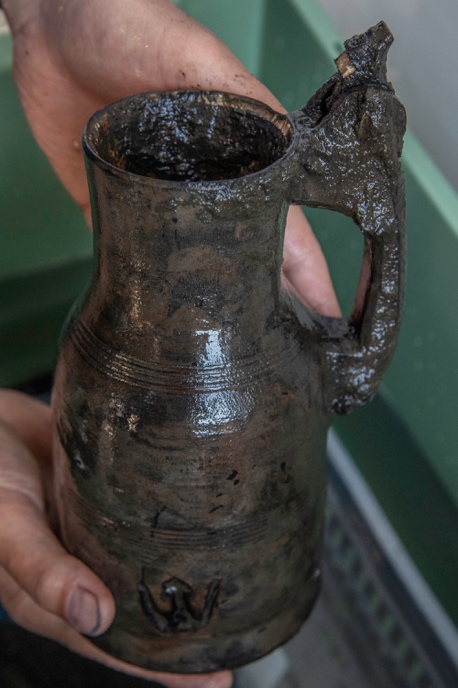
Among the recovered items were pieces of artillery and hand guns, providing valuable insights into the military capabilities of the vessel. Additionally, major components of the steering gear and stern castle were unearthed, allowing for the first digital reconstructions of the ship. These 3D models have provided invaluable information about the layout and structure of Gribshunden, shedding light on how this floating castle operated during King Hans’ reign.
“No other ship from the time of exploration has survived this intact,” says Brendan Foley, the scientific leader from Lund University. “Gribshunden delivers new insights into those voyages. We now understand the actual size and layout of those ships that changed the world. And more, we glimpse how this vessel operated as King Hans’ floating castle.”
Reconstruction of the sterncastle: A glimpse into royal life
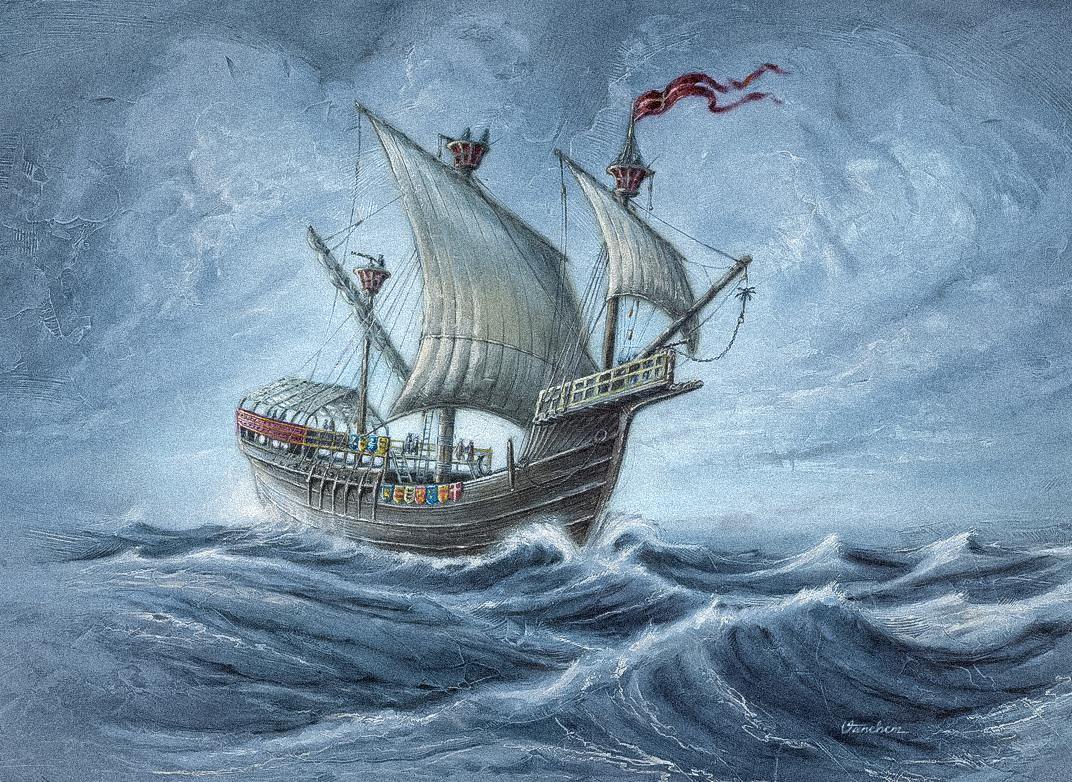
The sterncastle of Gribshunden, where King Hans and the noblemen likely resided, has been a subject of great interest. Through the combination of 3D models of various ship components, researchers have successfully recreated this section of the ship. Comparisons with medieval castles on land suggest that the hierarchical divisions of space were relaxed while the king was at sea, allowing for a unique social dynamic onboard.
The sterncastle served as the administrative center of King Hans’ realm during his voyages, as well as a display of regal power at each port of call. This tightly confined section not only accommodated the king and nobility but also housed gunners and steersmen. The digital reconstructions have provided a detailed understanding of the layout and functions of this crucial part of the ship.
The mysteries of the Bow: Fortification and function
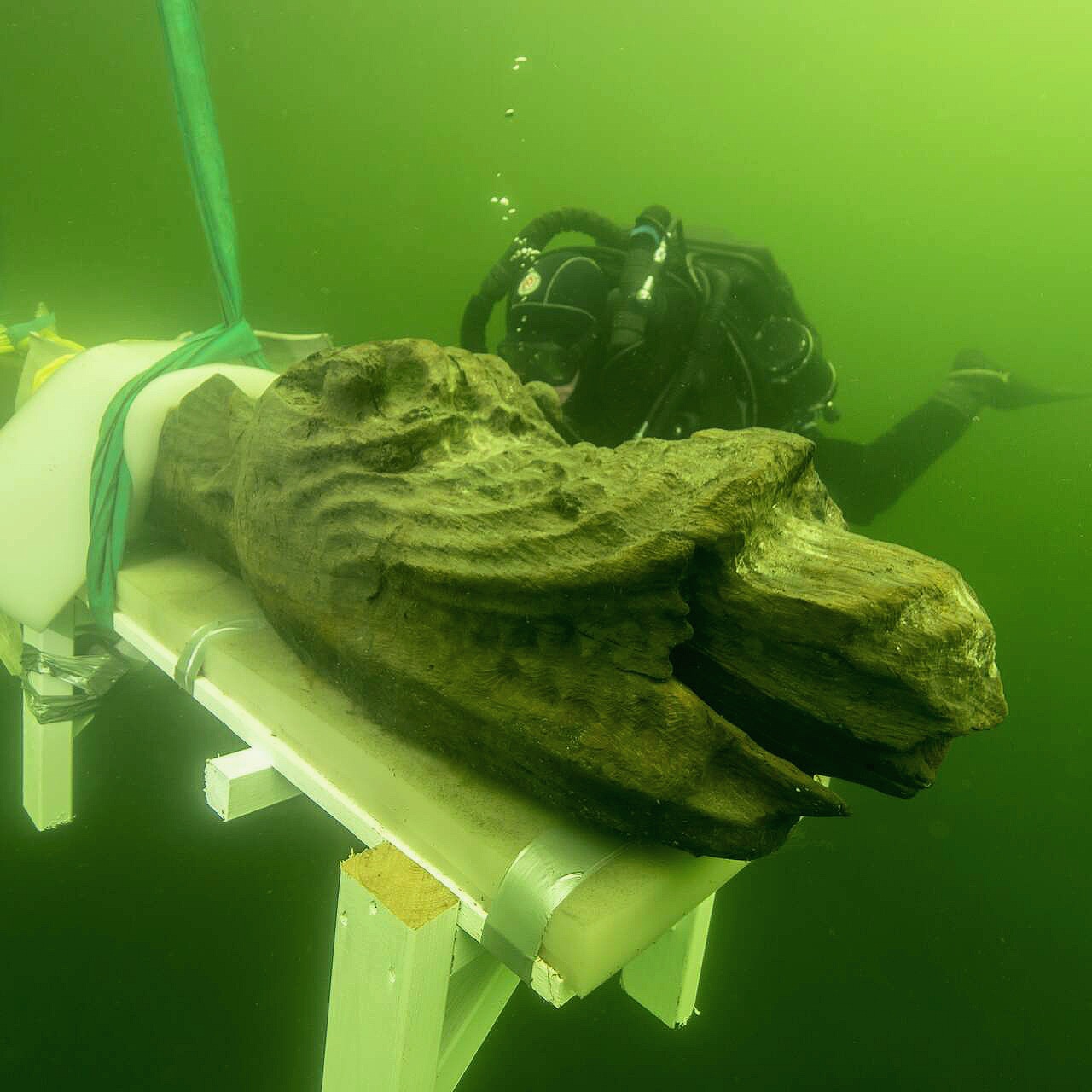
As the excavations progressed, the bow of Gribshunden yielded its own set of intriguing discoveries. 3D models of the stem post and hawse pieces, which facilitated the passage of anchor lines, have provided valuable insights into the functions of the forecastle. This section of the ship played a vital role in crew accommodation, ship handling, and fortification.
Interestingly, no artillery was found in the bow of the ship. This raises questions regarding the location and distribution of the ship’s guns. Were they salvaged after the sinking or mounted exclusively in the rear half of the vessel? Further excavation and analysis may shed light on this perplexing aspect of Gribshunden’s armament.
Recent discovery of spices
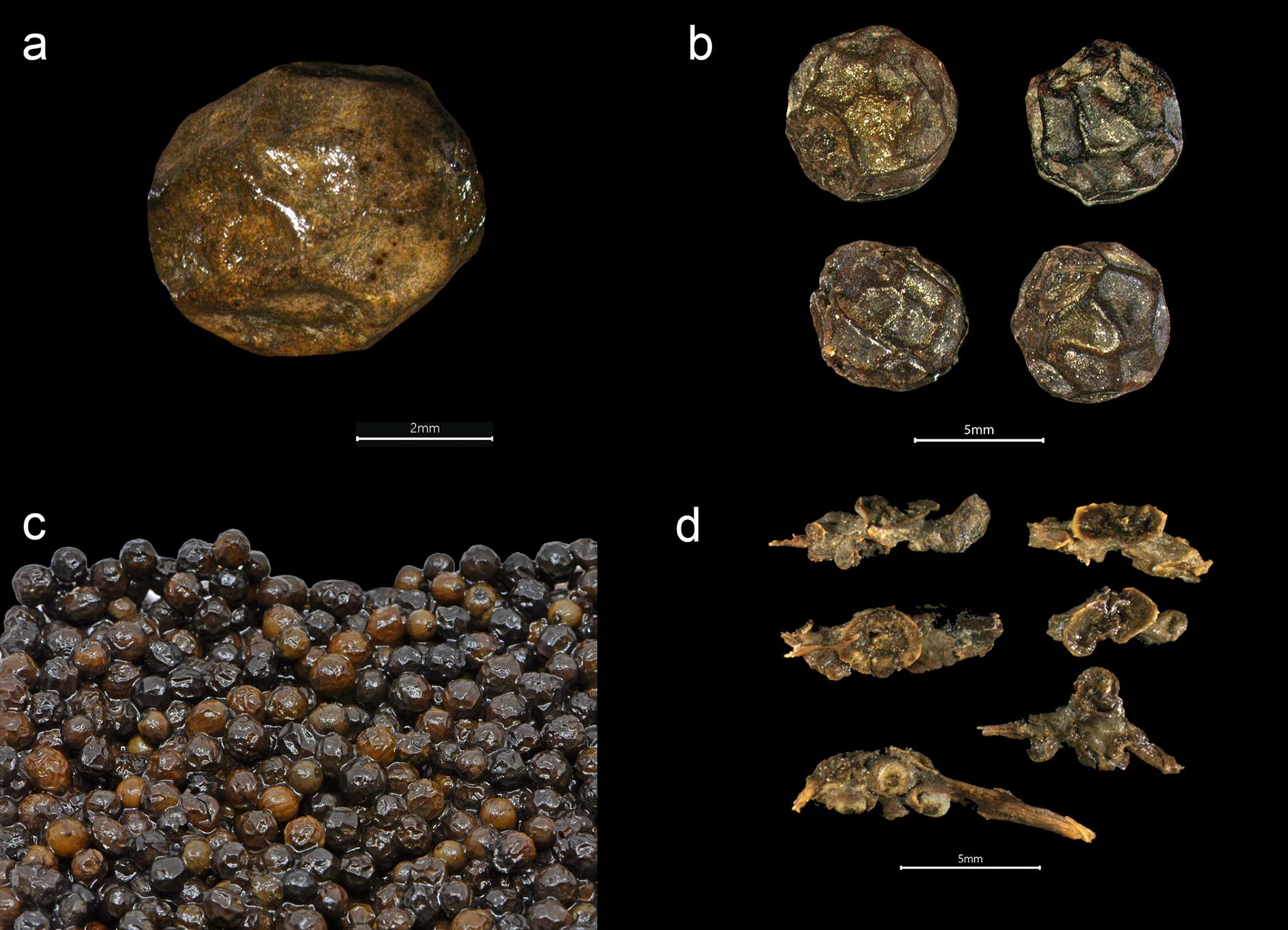
Recently, the scientists from Lund University also report the discovery of “exotic spices” that were “status markers among the aristocracy in Scandinavia and around the Baltic Sea during the Middle Ages.”
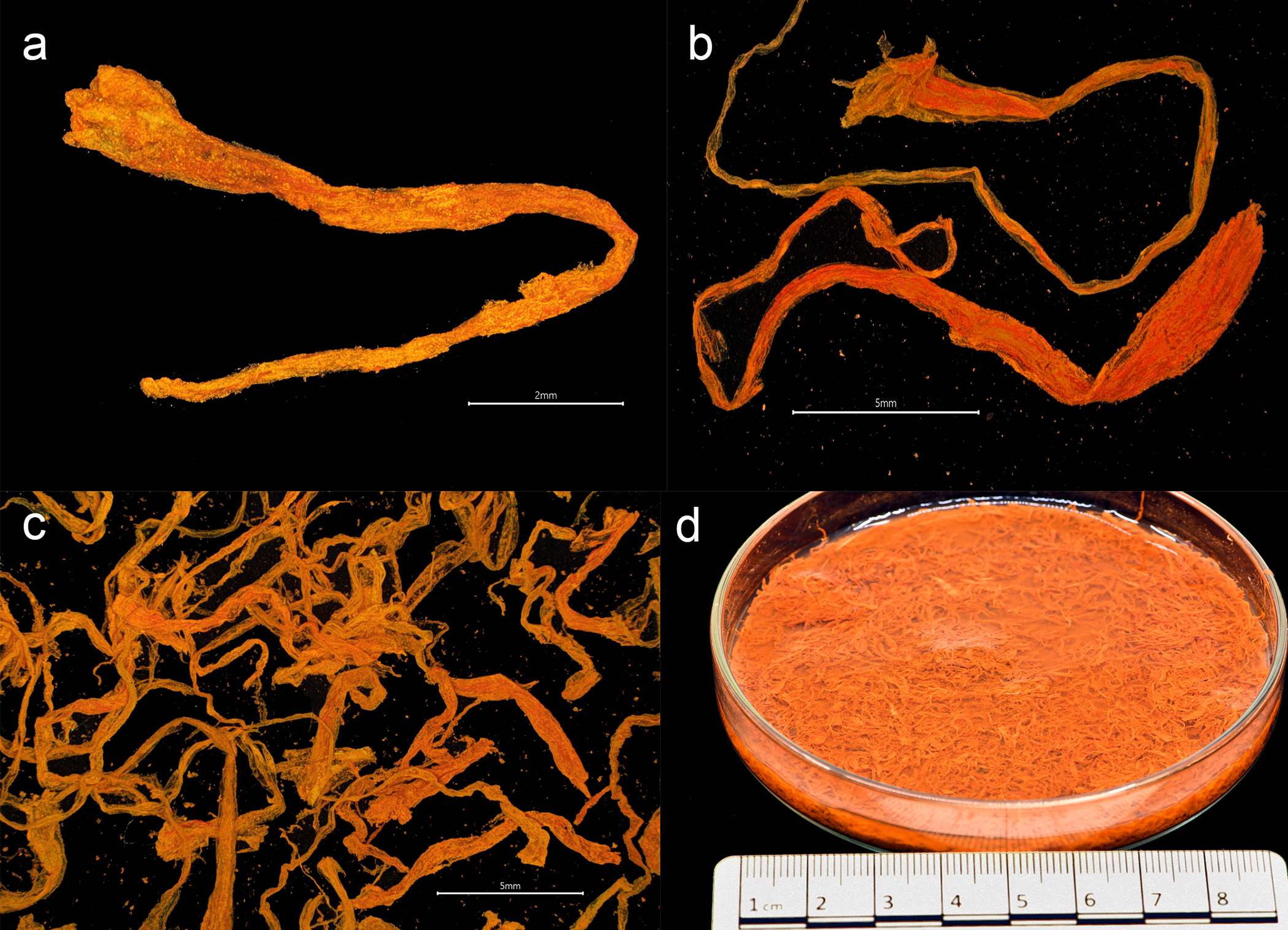
“All recovered botanical remains were subfossil specimens. The preservation state is noteworthy. Many plant remains feature fruit flesh and skin, still colored and the saffron retains its distinctive aroma after 527 years submerged. Excluding the saffron stigmas which were quantified by volume (450 ml), a total of 3097 plant remains representing 40 species were identified from the sediment samples,” the research team writes in the study.
King Hans’ ambition: Unifying the Nordic region

To truly understand the significance of Gribshunden, it is essential to delve into the ambitions of the Danish-Norwegian King Hans. His vision was to unite the entire Nordic region under his crown, and Gribshunden played a pivotal role in this pursuit. The vessel was a technological marvel of its time, representing cutting-edge advancements in shipbuilding and military capabilities.
As King Hans voyaged throughout his realm and beyond, Gribshunden served as his administrative center for extended periods. It was a symbol of his regal power and authority, impressing both allies and rivals. The ship often formed the centerpiece of a squadron or fleet, exemplifying the might and influence of the Danish-Norwegian kingdom.
Gribshunden’s final voyage: A fateful summit
Gribshunden’s final voyage was marked by a momentous political summit in Kalmar, Sweden. King Hans had high hopes of being elected as the king of Sweden, thus realizing his vision of a unified Scandinavian union. The ship was laden with prestigious goods, intended to impress the Swedish council and secure their support.
However, tragedy struck, and Gribshunden met its untimely demise. The cause of the ship’s sinking has long been a subject of speculation. Medieval documents mention fire and an explosion, but no evidence of these calamities has been uncovered thus far. Researchers eagerly anticipate next years’ excavation, hoping to find conclusive proof of the catastrophe that befell Gribshunden.
Final thoughts
The excavation and study of Gribshunden have unveiled a wealth of information about this remarkable ship and the ambitious reign of King Hans. The recovered artifacts and digital reconstructions have provided invaluable insights into the ship’s layout, function, and historical significance. As researchers continue to explore the mysteries of this extraordinary vessel, we are left with a deepened understanding of the maritime world of the Age of Exploration. Gribshunden stands as a testament to the indomitable spirit of discovery and the enduring allure of the seas.




